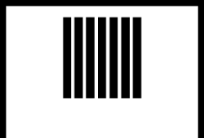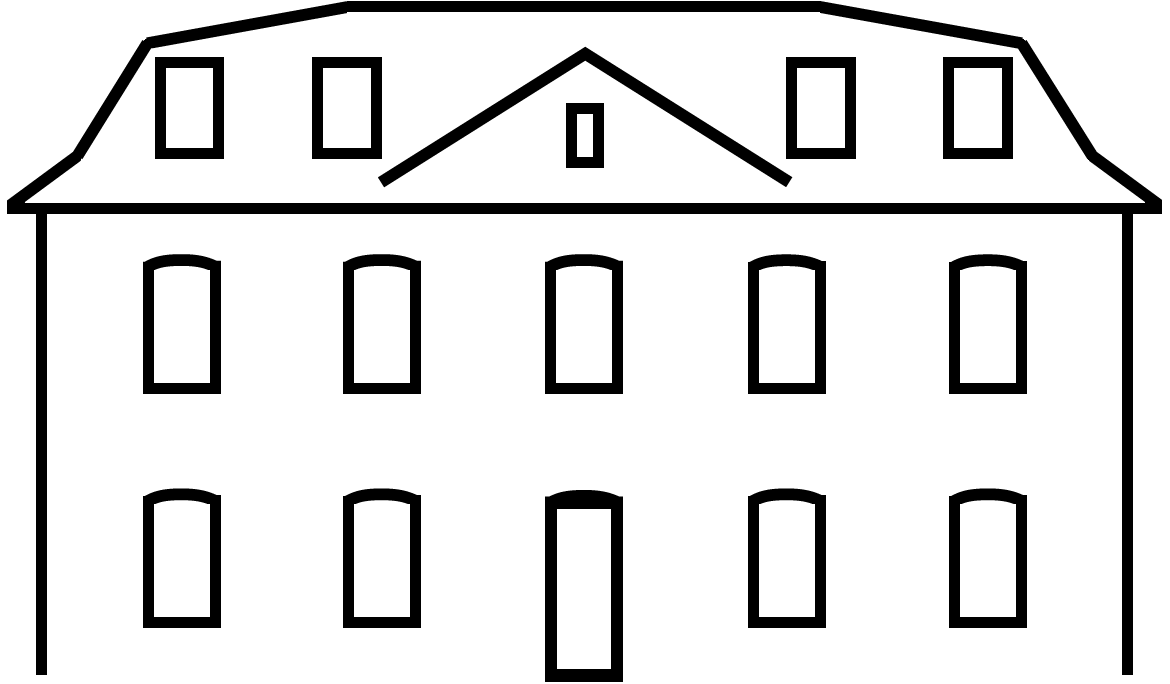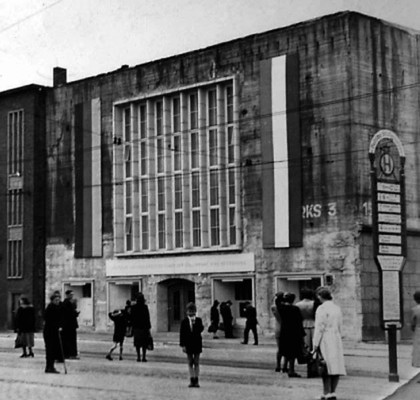History of the Kunsthalle Recklinghausen
At the end of the Second World War, Germany was left in ruins. Not only literally, but also the artistic and cultural landscape was thinned out and largely destroyed in the course of National Socialist ideology.
In 1944, the Vestisches Museum in Recklinghausen and all of its local history collection fell victim to an air raid. Years earlier, as part of the "Degenerate Art" campaign, all modern art had been defamed, abducted and destroyed by the Nazi regime. An initial situation that made it difficult for the town and its creative stakeholders, above all Franz Große-Perdekamp, former director of the Vestisches Museum, to build on the pre-war period. Nevertheless, in 1947, at the request of Große-Perdekamp and Thomas Grochowiak, an exhibition of contemporary art was held in the empty grocery department of the Althoff store in Recklinghausen. Artists from the Rhineland-Westphalia region were invited. As a result of networking, the artist group »junger westen« was established in 1948 with its members: Gustav Deppe, Thomas Grochowiak, Ernst Hermanns, Heinrich Siepmann and Hans Werdehausen. One sculptor and five painters who were to lead the art landscape in the Ruhr region towards abstraction for the next thirteen years. Correspondingly, in the same year, the city of Recklinghausen donated the art prize »junger westen« for the first time. This was awarded until 1955 as part of the group exhibitions and their invited guests, before it was advertised throughout Germany from 1956. Since then, the Kunsthalle Recklinghausen's collection has painted a clear picture of German post-war art by bringing together selected artists and thus forming an independent focus of the collection.


